For one moment in May 1869, the eyes of the Nation, and indeed the world, focused on Promontory Summit in the Utah Territory. For one moment in early 2015, so did the eyes of a curious 6th Grader. In the planning stages of this trip, I asked M3 where he wanted to go and what he wanted to do in the West. He did not say “raft the Grand Canyon,” “climb the Rockies,” “swim in the Pacific,” or even “go to Disneyland.” His response, “I want to see the Golden Spike.” Okay then. I’ll admit to needing to look up the location. It did not take long to figure out that the Golden Spike appeared to lie in an inhospitable region of northwestern Utah. We can now confirm that fact.
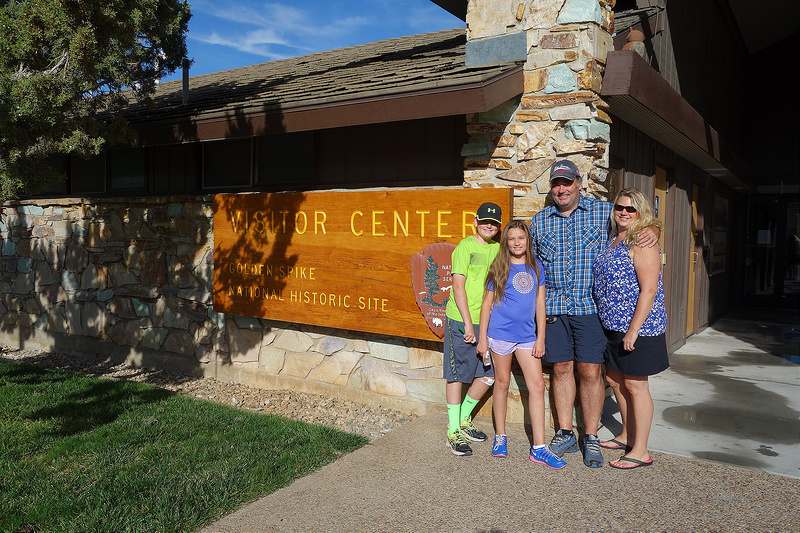
The Golden Spike is a railroad spike used to commemorate the completion of a transcontinental railroad. For years, the Central Pacific RR (coming from Sacramento) and the Union Pacific RR (coming from Omaha) worked to link the nation by rail. They completed their task on May 10, 1869, during a ceremony that was broadcast live by telegraph. A train representing each railroad company met face to face at Promontory Summit where representatives from both railroads took turns “driving” ceremonial spikes before driving the actual final spike completing the track. The Golden Spike National Historic Site commemorates the occasion and protects the site of this event that truly changed a nation.
George Bailey once said that a train whistle is “one of the three most exciting sounds in the world” (bonus points awarded if you can name the other two from memory). If you do not agree, you might after visiting the Golden Spike. The Park Service reenacts the events of May 10, 1869, complete with the running of the Jupiter (the Central Pacific Engine) and the 119 (the Union Pacific Engine) to their face-to-face meeting at the location of the final spike. The ornate and colorful engines, the hissing steam, and the blowing whistles combined to create a visual and aural spectacle against the desolate backdrop.
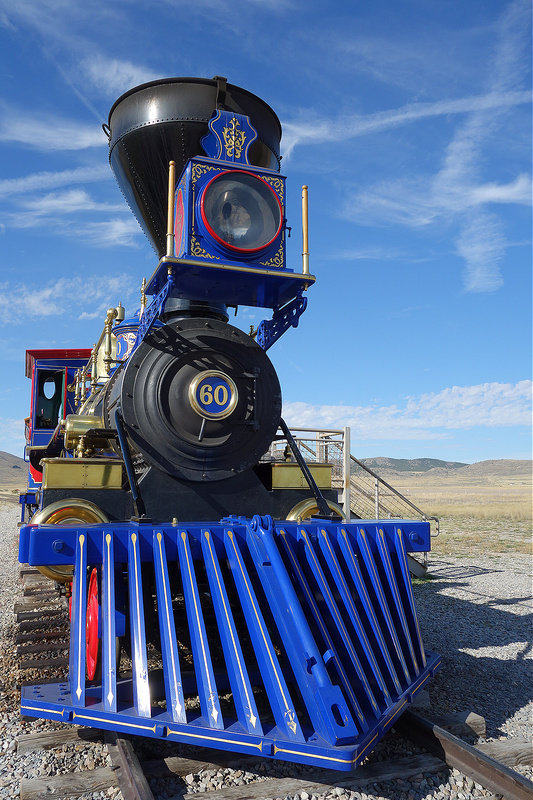
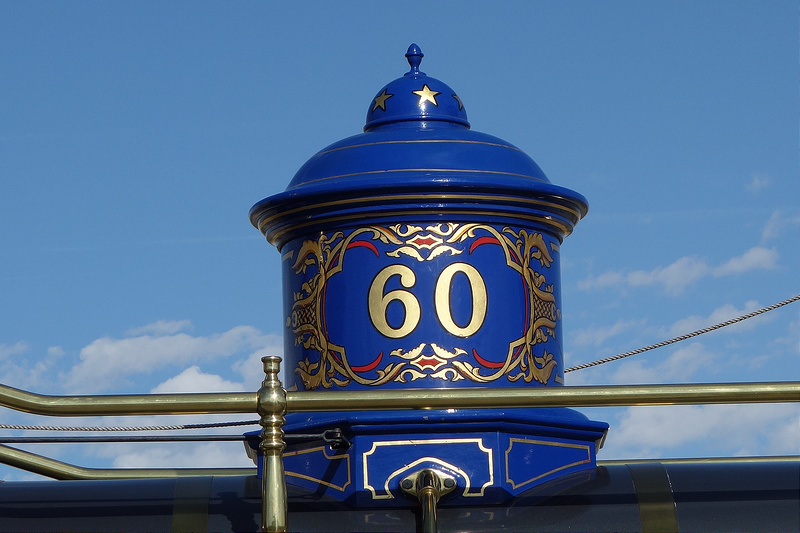
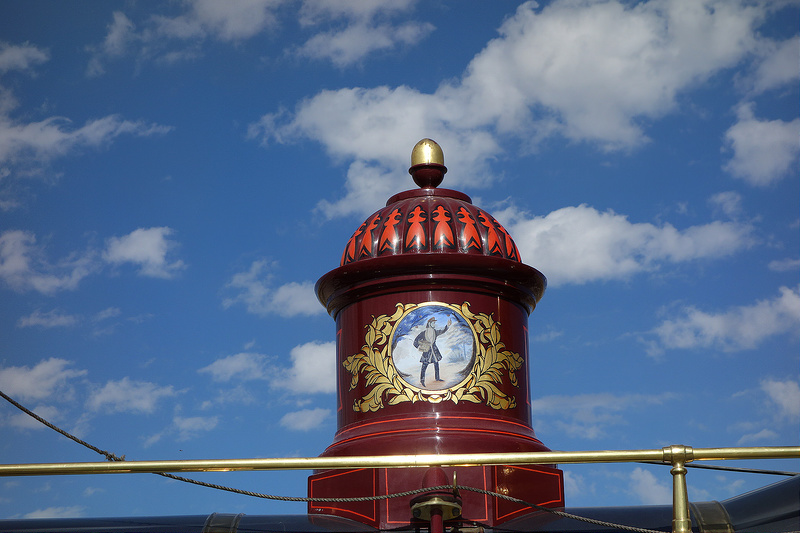
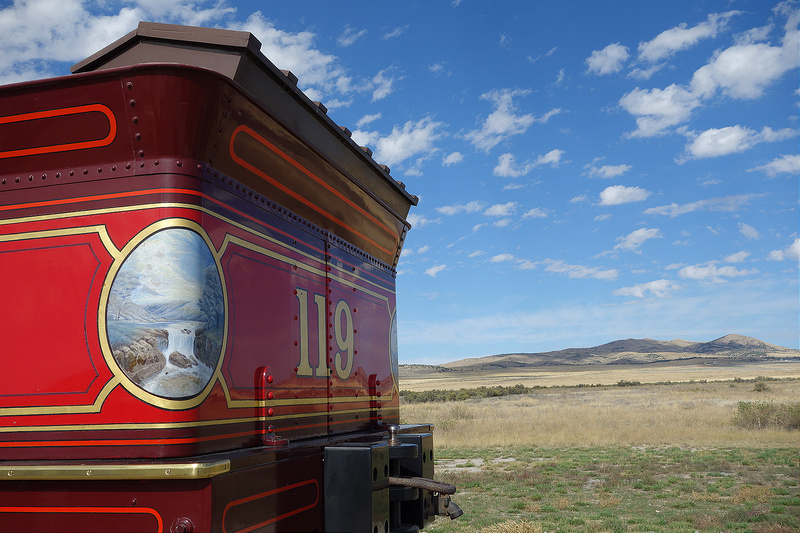
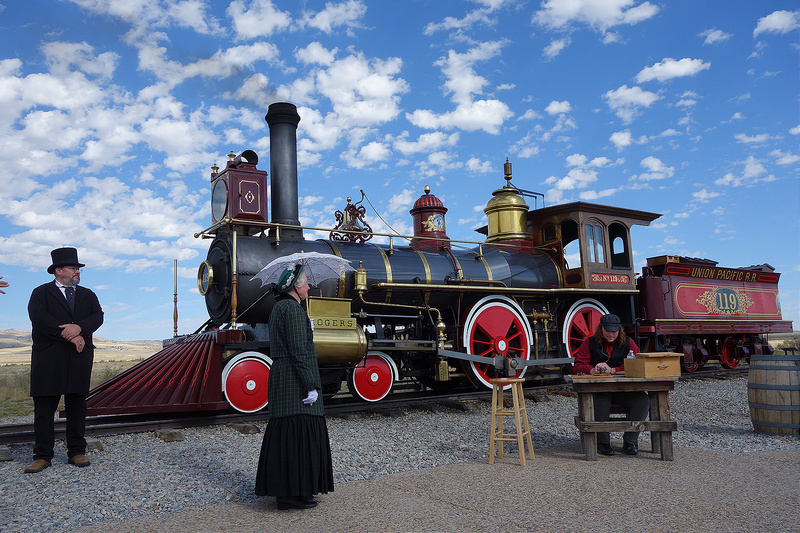
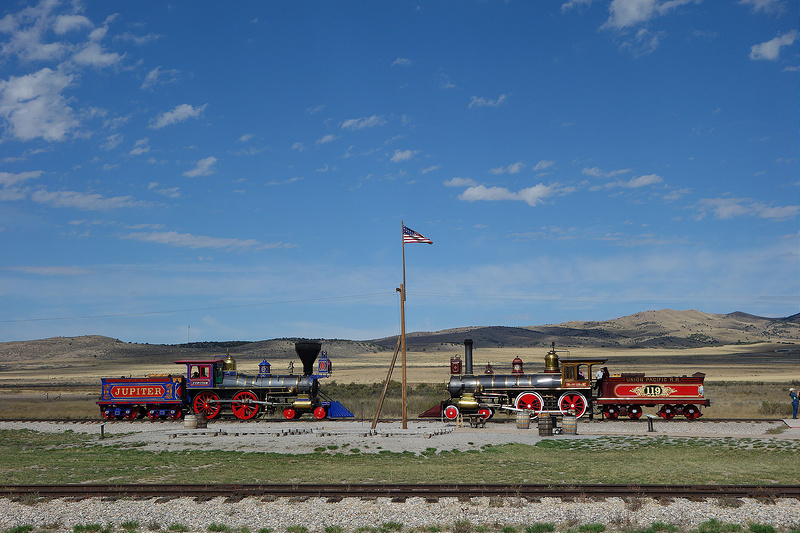
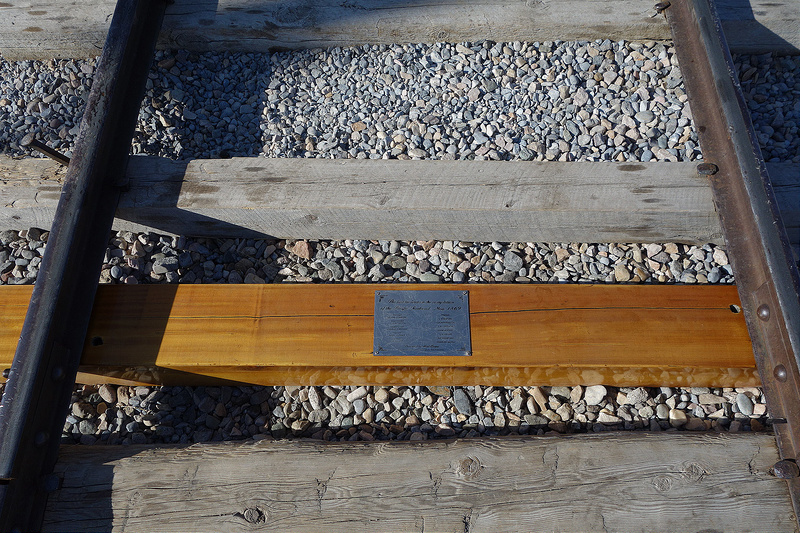
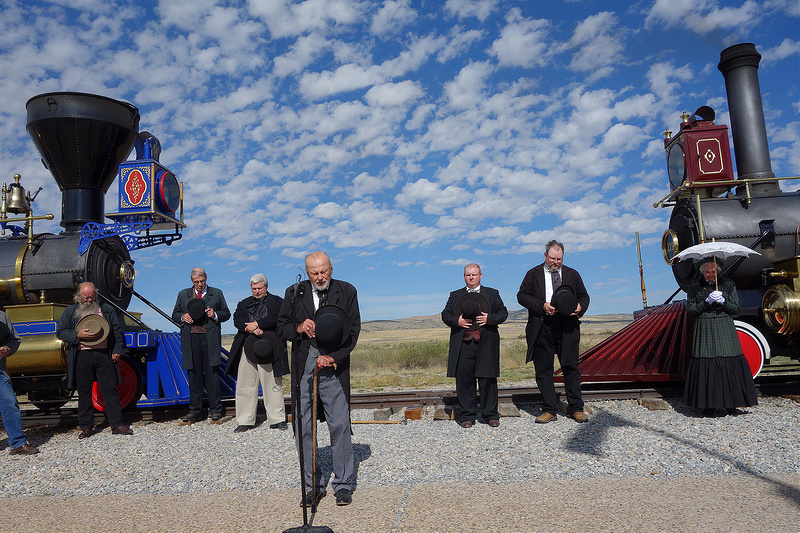
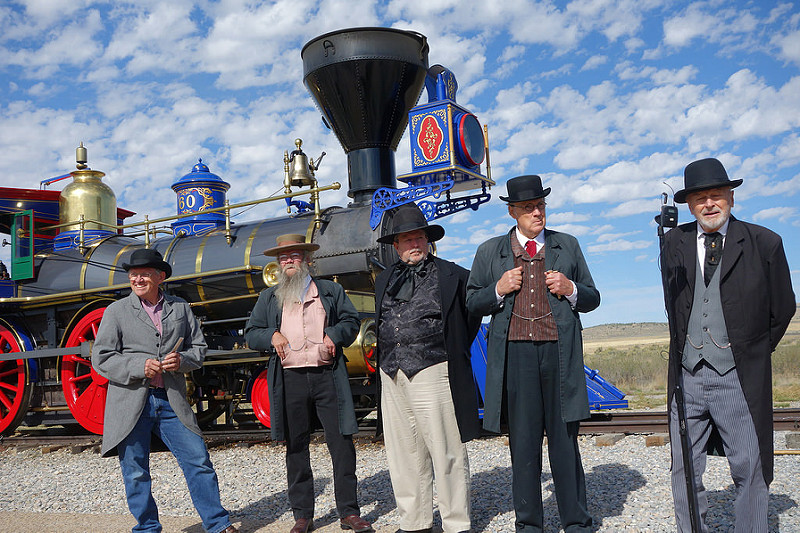
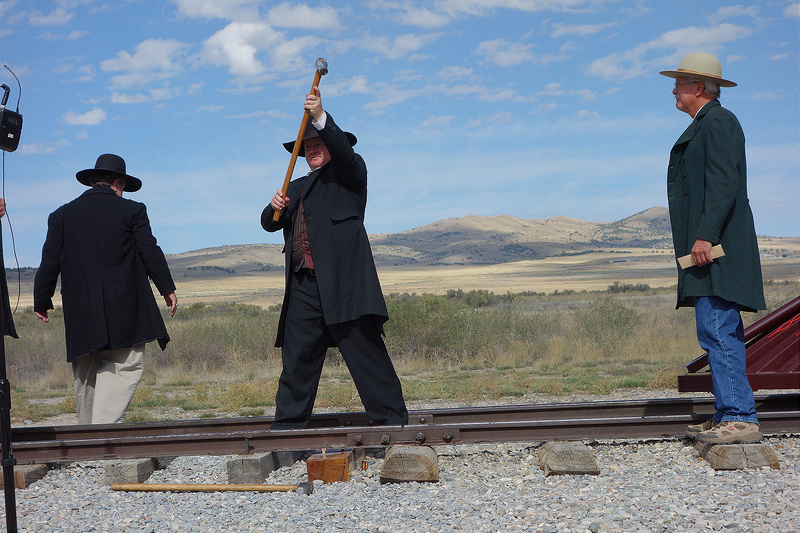 Some interesting facts (those that have no interest in history should skip the following bullet points):
Some interesting facts (those that have no interest in history should skip the following bullet points):
- Leland Stanford, President of the Central Pacific, represented CP at the ceremony. Stanford was a former California Governor that would later found Stanford University.
- Thomas Durant, Vice-President of the Union Pacific, represented UP at the ceremony. Durant was generally considered a master manipulator, schemer, and tyrant.
- Durant’s late arrival delayed the ceremony for two days. He was held captive by workers who had not been paid for months. The workers reasoned that they would never get paid after completion of the track. Durant finally paid them.
- Neither the Jupiter nor 119 engines were supposed to be at the ceremony. Stanford’s original engine hit a tree laying across the track and he jumped on the Jupiter. Durant had to switch engines after a flood damaged a trestle, stranding his original engine on the east side.
- The Golden Spike was not driven into a railroad tie as it was too malleable. A ceremonial tie made from California laurel was pre-drilled and the Golden Spike was placed in the hole and tapped in. Other ceremonial spikes were similarly “driven.”
- Stanford was given the first crack at driving the final iron spike. He missed. Durant took the next swing and missed. Despite their failures, the telegraph operator wired the world that the deed was “done.” Competent railroad workers actually completed the task shortly thereafter.
- The Golden Spike is on display at Stanford University. The fires caused by the San Francisco earthquake of 1906 destroyed the ceremonial laurel tie.
- The railroads completed a more direct route across the Great Salt Lake in the early 1900’s and eventually the track around the north side of the lake through Promontory Summit fell into disuse. The government removed all the rails in 1942 for the war effort.
On the way home, we enjoyed a quick side-trip to visit the rocket garden at Orbital ATK, manufacturer of the Space Shuttle boosters, among other rockets.
Next, the briny smell of the Great Salt Lake beckoned. We visited Antelope Island State Park, a large island in the lake connected to the mainland by a long causeway. The views from Ladyfinger point impressed.
Buffalo, pronghorn, and rabbits greeted us as we toured the island.
Unfortunately, we have yet to see a bighorn sheep and the ones touted to be on this island apparently did not care.

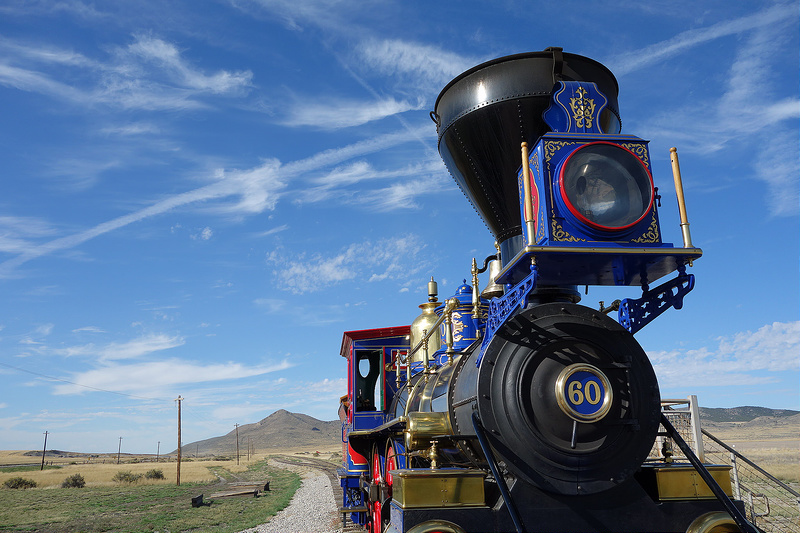
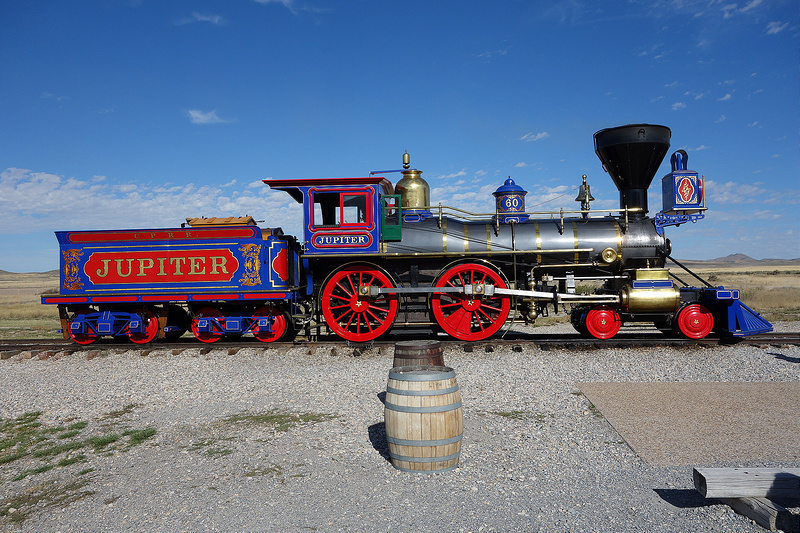
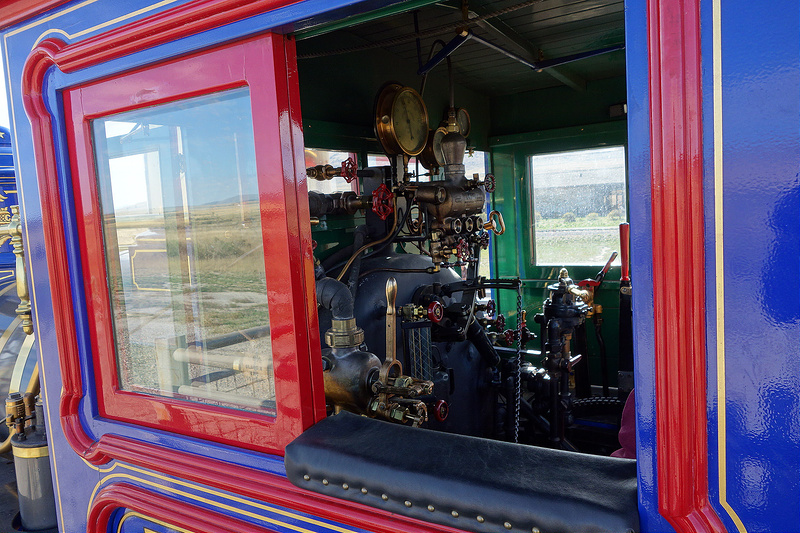
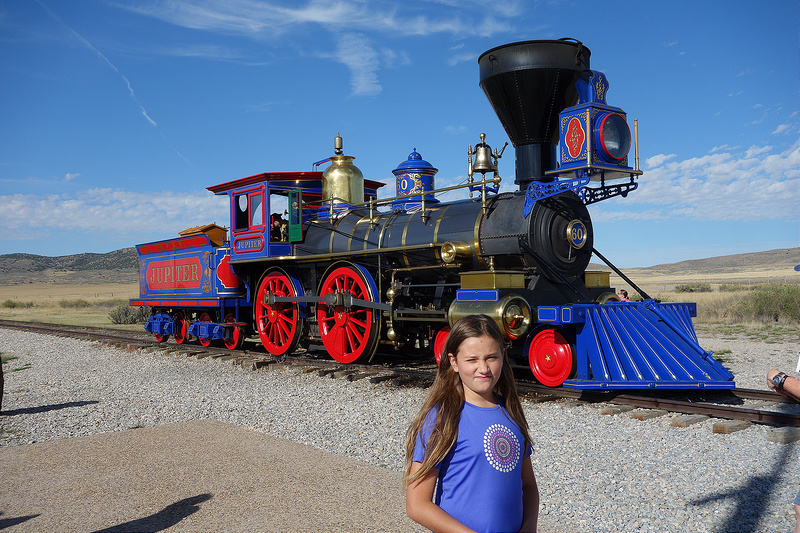
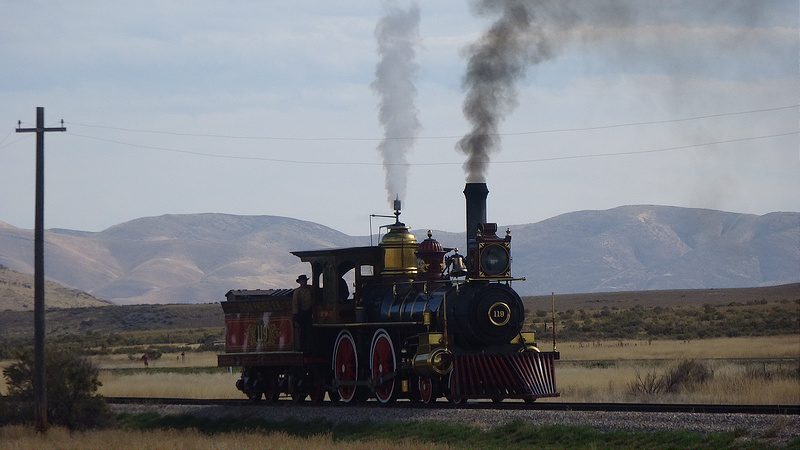
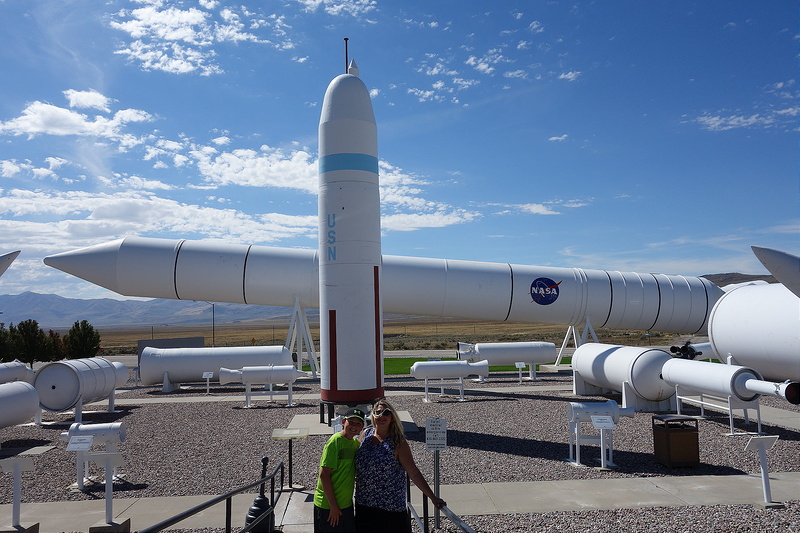
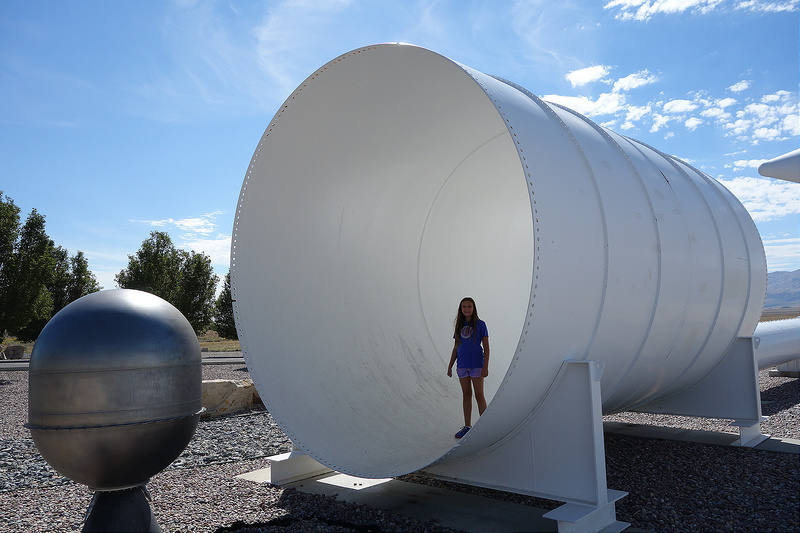
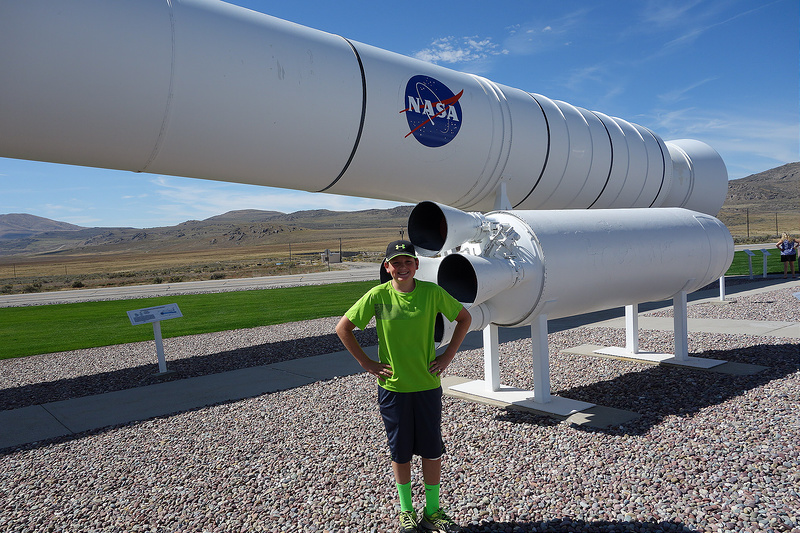
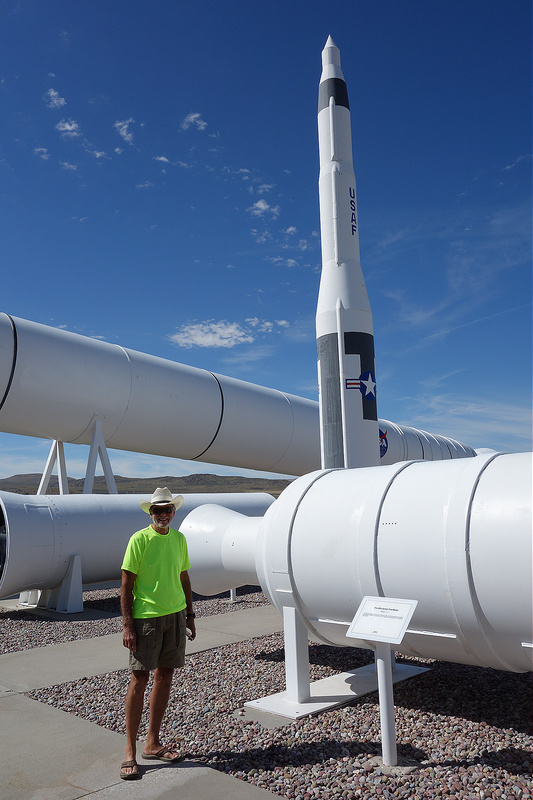
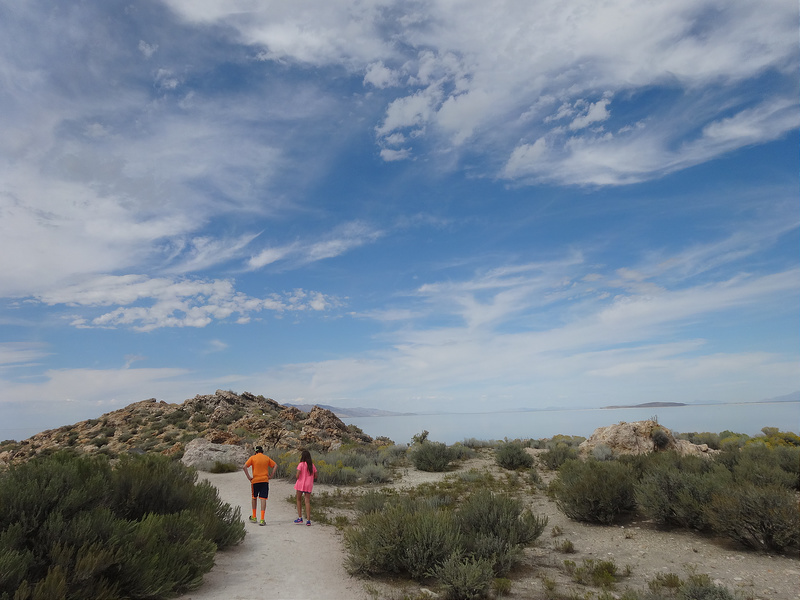
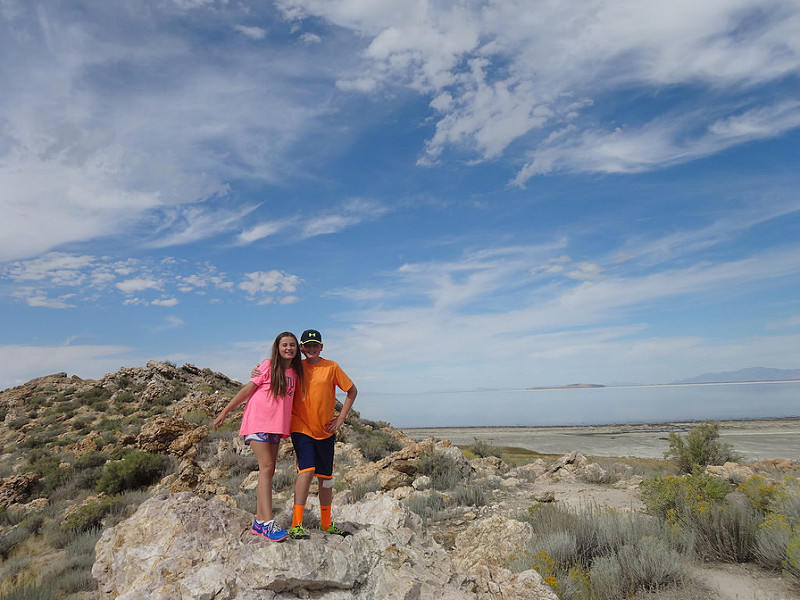
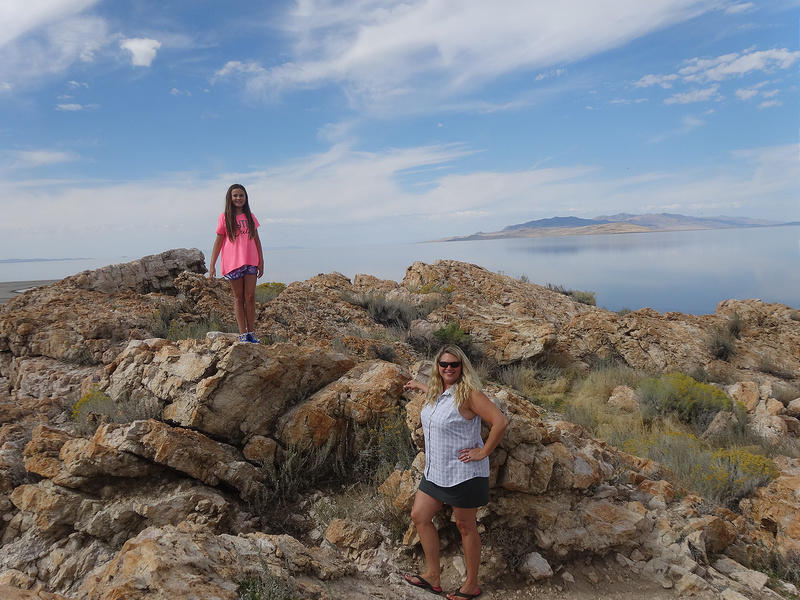
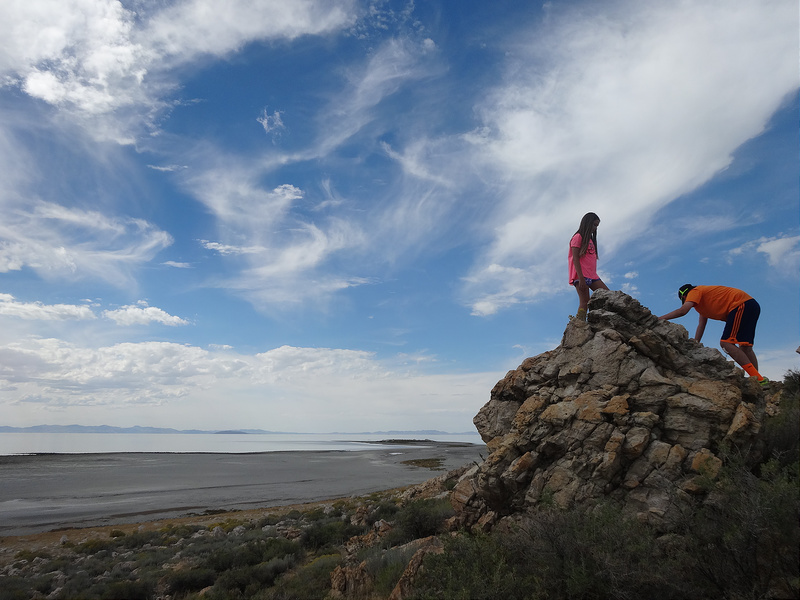
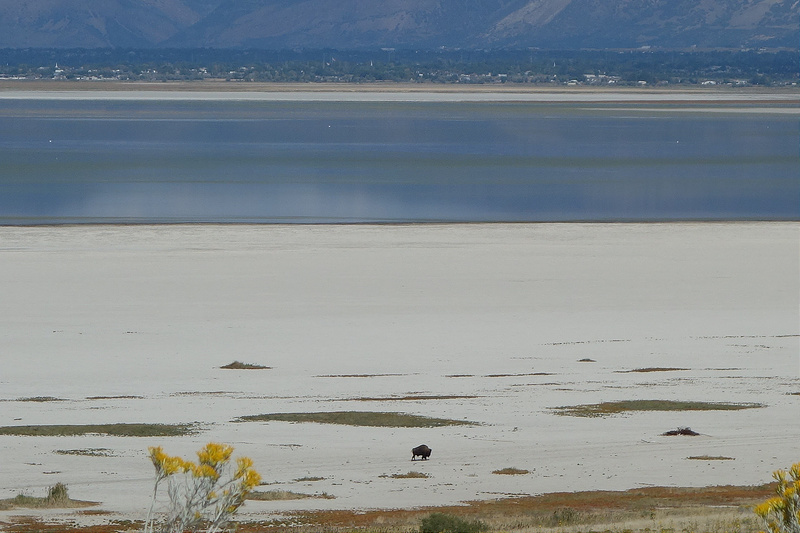
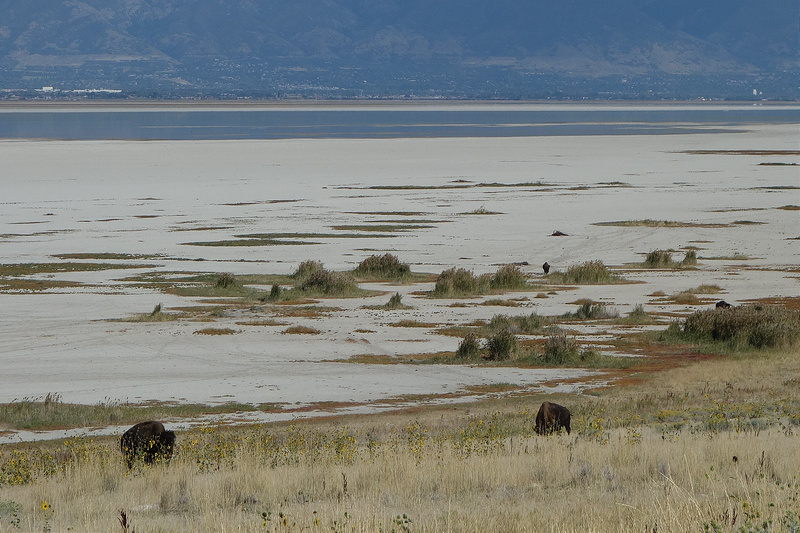
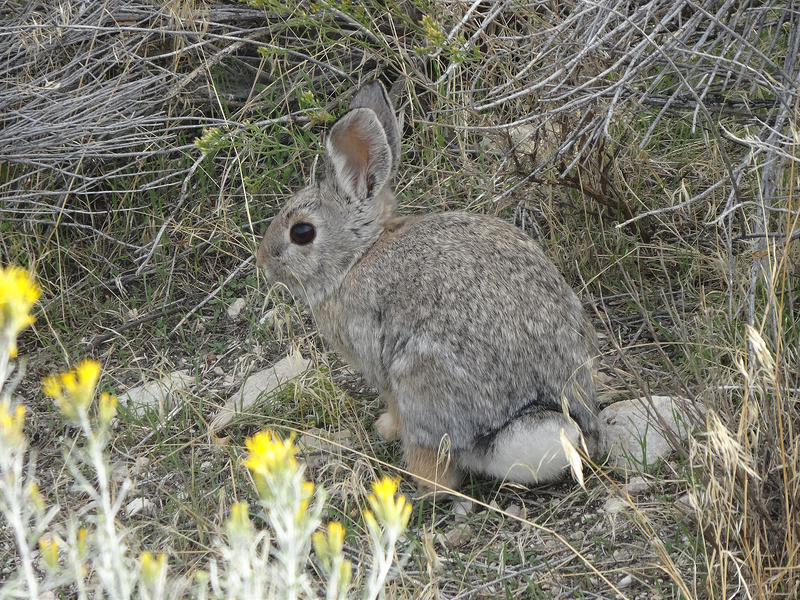
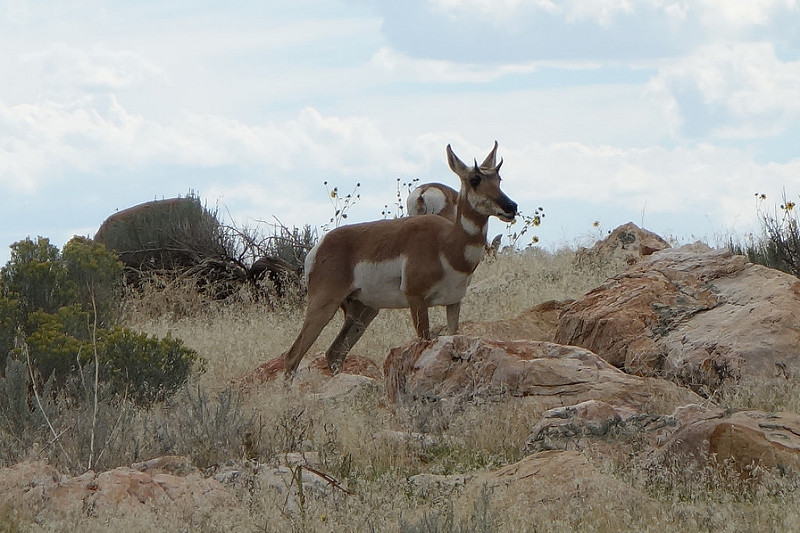
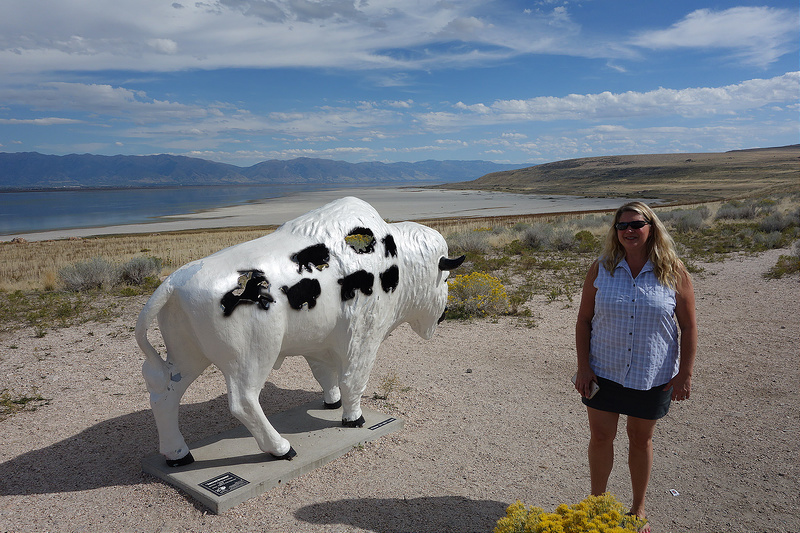
Awesome shots like usual! Some look like postcards!
Thanks, man!
Congratulations, Michael on seeing the golden spike! The railroad is a fascinating part of the history of the world. It was also interesting that the event was broadcast by telegraph. Telegraph then was like the internet today.
Michael, great choice of things to see! I visited Promontory Summit when I was about your age. I have vivid memories of my visit…
It was much better than I had expected. Go Blackbirds!
This is just awesome stuff!
Thanks, Joe!